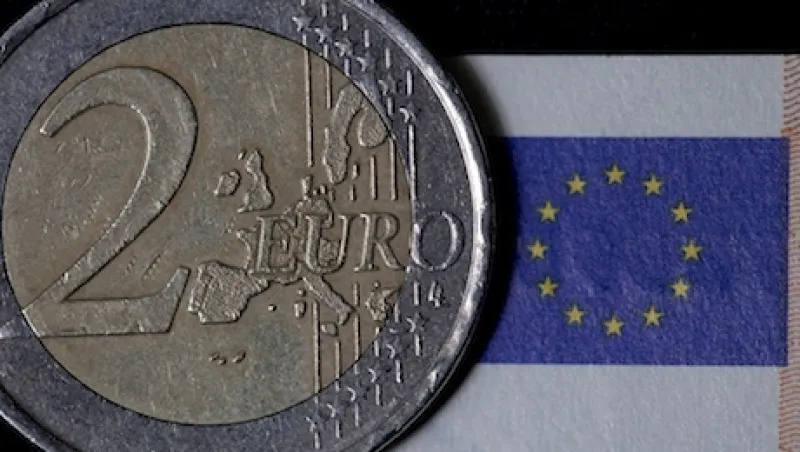The investment opportunity in European distressed debt is compelling. European banks are accelerating their dispositions of illiquid assets to improve their balance sheets and meet regulatory requirements put in place following the financial crisis. PricewaterhouseCoopers has estimated that such noncore asset sales are climbing rapidly, from $15 billion in 2010 to a projected $80 billion for 2013.
Despite this momentum, many investors have held firm to the belief that the European distressed-debt opportunity is nonexistent. At the core of this misconception are three myths: first, that European banks basically don’t sell debt and what little they do sell is not at distressed prices; second, that Europe lacks a Chapter 11 bankruptcy process, making it difficult to complete successful financial restructurings; and, third, that European culture and work practices prevent the successful operational restructuring of businesses. We believe that there is a transformation under way in Europe and that these myths no longer carry the same weight that they did a decade ago.
Many distressed-debt investors look at Europe through the prism of the U.S., where there is a long tradition of banks taking reserves and disposing of distressed loans under the guiding hand of regulators. Until recently, European banks always came up short in this comparison. Remember, however, that although U.S. banks have been financing leveraged buyouts since the late 1980s, in Europe these deals have happened in any significant size only since 2003. This is the first time that European banks have had to navigate through a bust. As such, they have been slow to clean up their balance sheets because they did not have enough capital and reserves to take losses. But they are catching up. We have seen governments inject equity into banks in the U.K., Germany, Ireland and, more recently, Spain and have subsequently seen some of these institutions write down assets and sell distressed loans — in certain instances very aggressively.
Ten or more years ago, bankruptcies in Europe tended to result in companies’ being put into liquidation or through long, unpredictable court battles. However, the reality today is different, especially in the U.K. and across large parts of Northern Europe. Bankruptcy laws are still set country by country in Europe, but they generally have been substantially upgraded. At the same time, there is a body of case law and a growing community of financial advisers and restructuring specialists that have developed in the U.K. (and increasingly in Germany), making the entire process work effectively.
The U.K. is our favorite jurisdiction, with almost U.S.-like Chapter 11 efficiency, and we have even seen deals in which companies used European Union law to move bankruptcy processes out of Southern Europe to the U.K. Germany is a bit more challenging, but with new laws it has become workable. Last year we used the new German bankruptcy code to restructure the balance sheet of Pfleiderer, a wood products company with about $1.5 billion in debt. As would be typical in the U.S., senior creditors received about 60 cents in new debt plus essentially 100 percent of the equity economics, whereas junior creditors and old equity were zeroed out — all in about nine months.
Of the three myths, the idea that European culture and work practices prevent successful operational restructurings is the one most grounded in reality today. In the U.S. there is a great tradition of “creative destruction,” with the legal environment helping the workforce and managers of a company pull together to restructure not just that company’s finances but also its core operations.
Achieving such a commonality of purpose has historically been more difficult in Europe, particularly in countries with strong labor forces and thickets of government regulations. However, though the restructuring process remains tough sledding in Southern Europe, we have found an openness to change in the U.K. and an increasingly collaborative approach in Northern Europe, especially Germany. Pfleiderer successfully closed three high-cost plants, out of a total of eight, creating greater efficiencies. In Vestolit, a German chemicals company with $500 million in annual sales, we worked with management and the labor union as partners during a tough couple of years after 2008.
In sum, Europe has come a long way in regard to distressed debt in recent years. Although the region may not function like the U.S., it is improving and is more than workable for those investors with patience, determination and experience. In our view, the changes that are under way, in conjunction with the surge in dispositions from banks, provide an exceptional opportunity to invest substantial capital in European distressed debt and generate strong returns. • •
Victor Khosla is founder and CIO of Strategic Value Partners, a $3.4 billion global investment firm focused on distressed debt, with offices in Greenwich, Connecticut; London; Frankfurt; and Tokyo.






